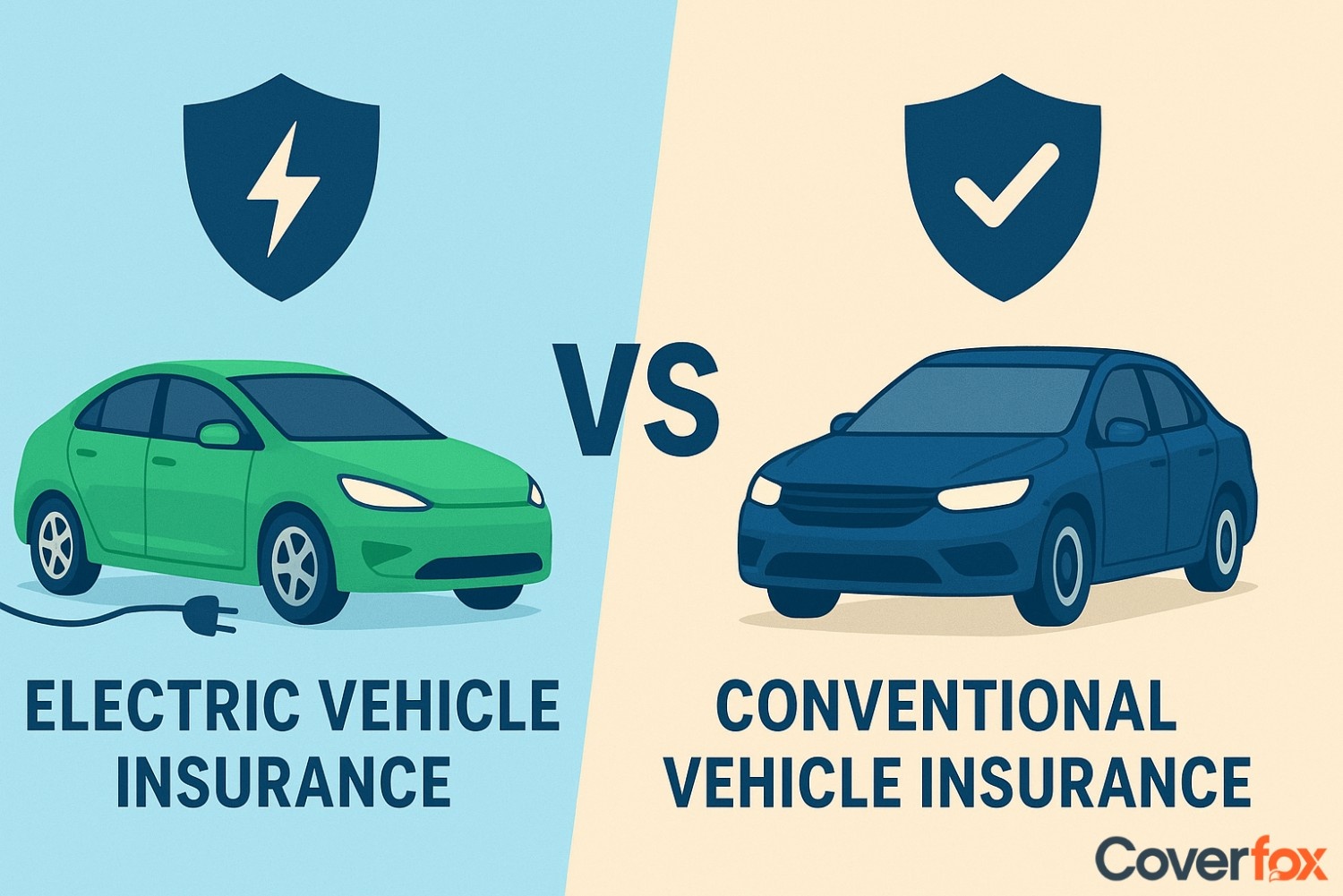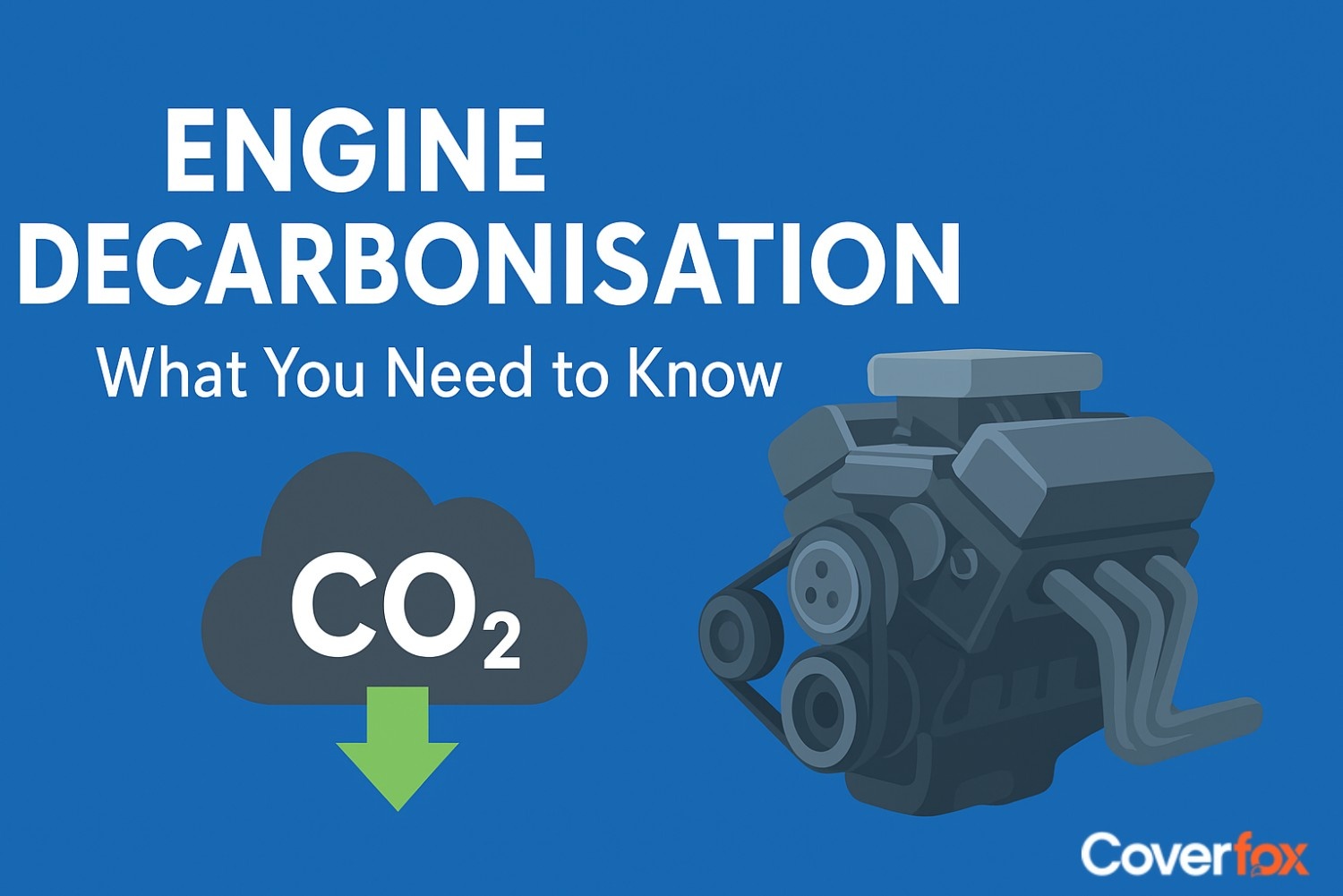Driving may seem like an easy task, but it comes with its share of risks. One of the most underrated threats is the dreaded blind spot.

Even experienced drivers can miss vehicles or objects in their blind spots, which may cause sudden and risky accidents. The solution for this is advanced blind spot mirrors, which offer a simple yet smart solution as they expand visibility and reduce uncertainty on the road. They give drivers more confidence while changing lanes, overtaking, or struggling through heavy traffic. Though these mirrors boost safety, it’s equally important to protect yourself with the right car insurance for complete security.
What Are Blind Spots?
Blind spots are areas around a vehicle that remain invisible to the driver through standard rear-view and side mirrors. Typically, they exist along the sides and slightly behind the car. In India’s crowded roads, where cars, bikes, rickshaws, and pedestrians compete for limited space, blind spots pose a serious risk. Overlooking two-wheelers or smaller vehicles during lane changes and overtaking is one of the leading causes of side collisions, which is why addressing blind spots with mirrors or advanced monitoring systems is critical.
Understanding Car Blind Spot Mirrors
Car blind spot mirrors are small, convex mirrors that are fixed over standard side mirrors to broaden a driver’s view and uncover spaces that are usually not visible. Due to the increasing number of vehicles on roads, these mirrors act as a practical solution to reduce accidents caused by limited visibility and ensure safety. You can consider the following points to understand why advanced blind spot mirrors are essential:
- It expands the driver’s field of vision beyond normal mirrors.
- They are useful for detecting vehicles or obstacles in blind spots during lane changes, overtaking, or navigating heavy traffic.
- They reduce the risk of side collisions during overtaking or lane changes.
- They help to improve the driver’s confidence in congested and unpredictable traffic.
- It enhances the overall road safety by reducing unpredictable accidents.
How Advanced Blind Spot Mirrors Work?
Advanced blind spot mirrors merge the concept of traditional visibility with modern technology to give drivers a safer and clearer view of hidden areas. They work with sensors and cameras which constantly monitor the sides and rear of the vehicle. The system then processes this data in real time and provides timely visual or audio alerts if another vehicle or obstacle enters the blind spot, which helps drivers to react instantly and avoid mishaps. Here is the working of advanced blind spot mirrors:
1. Detection
Sensors and cameras constantly scan the areas beside and slightly behind the car. This ensures that vehicles, bikes, or pedestrians entering blind spots are seen quickly.
2. Processing
The system processes this data in real time and filters out the noise, focusing only on relevant objects. This allows drivers for accurate detection even in busy traffic conditions.
3. Prediction
By tracking speed and direction, the system predicts whether the detected object tends to move into the driver’s lane. This helps in identifying risks before they turn into serious safety risks.
4. Alert
If any threat is detected, the system provides visual warnings on the side mirrors or dashboard, and sometimes the audio beeps. These alerts help the driver to react on time.
5. Action
As the driver receives a warning, they can delay the overtaking, adjust their lane change, or slow down. This helps in reducing the chances of accidents caused by hidden vehicles in blind spots.
Key Features of Advanced Blind Spot Mirrors
These advanced blind spot mirrors are designed with smart technologies to offer beyond simple visibility. These are the key features of advanced blind spot mirrors:
Automatic Adjustment
These mirrors can auto-adjust based on driver settings or seat position, ensuring the blind spot coverage remains effective for every driver.
Adaptive Lighting
They have built-in sensors that adjust mirror brightness to reduce glare from headlights at night and give clearer visibility without stressing the driver’s eyes.
Integration with Safety Systems
These mirrors often work in sync with lane departure warning, adaptive cruise control, and collision avoidance systems, which provide a connected safety network.
Visual & Audio Alerts
There are LED indicators and warning sounds on mirrors that alert the driver immediately when a vehicle enters the blind spot zone.
Weather & Low-Light Adaptability
Some advanced mirrors are smartly designed to resist fogging, rain, and dust, ensuring clear visibility even in the worst conditions.
Types of Blind Spot Mirrors
Blind spot mirrors in India are available in different designs and technologies. Each of them is suited for specific driving styles and vehicle types. There are mainly two types of blind spot mirrors: the stick-on mirrors and the built-in mirrors. The right one for your car depends on factors like traffic conditions, budget, and how much technology integration you prefer.
Stick-on Convex Mirrors
Small circular or oval mirrors that can be attached to the corners of side mirrors. They are affordable, easy to install, and best for daily commuting.
Adjustable Blind Spot Mirrors
These mirrors allow angle adjustment, which gives drivers the flexibility to improve visibility as per their comfort. They are ideal for cars frequently driven by multiple drivers.
Built-in OEM Mirrors
Some modern cars come with pre-fitted blind spot mirrors attached to the side mirrors. They provide a clearer look and better durability compared to stick-on ones.
Electronic Blind Spot Systems
The electronic systems are the advanced options that combine mirrors with technologies like sensors, cameras, and LED indicators to detect vehicles in blind spots. They are best suited for highway driving and premium vehicles.
Before buying any type of blind spot mirrors, drivers should consider their vehicle type, driving conditions, and budget to choose the correct ones. For everyday city traffic, convex or adjustable mirrors are sufficient, while long-distance and high-speed drivers may choose the electronic sensor-based systems for better results.
How Advanced Blind Spot Mirrors Improve Safety
Advanced blind spot mirrors are designed with integrated sensors for accuracy to give drivers a wider and clearer view of the areas that are usually unseen. They enhance awareness by blending simple things with advanced technology and help to prevent accidents in different driving situations.
During Lane Changes
Blind spot mirrors help to reveal vehicles that are approaching from the side, which reduces the chances of side collisions. With visual or audio alerts, drivers can confidently shift lanes without sudden surprises.
While Parking
These mirrors make it easier to spot obstacles or pedestrians that may not be visible in regular mirrors. They are especially beneficial in compact parking spaces and busy city streets.
On Highways
In situations like high speeds, sudden overtakes and fast-approaching vehicles, the risk of an accident increases. Blind spot mirrors ensure that drivers can track adjacent lanes more effectively, allowing for smooth overtaking and crossing.
For Larger Vehicles (SUVs and Vans)
Due to their size and higher driving position, SUVs and vans have wider blind spots. Advanced blind spot mirrors minimise these hidden zones, giving drivers greater control and awareness, which is crucial in both city and highway conditions.
How to Choose the Right Blind Spot Mirror
Choosing the correct blind spot mirror depends on your vehicle, driving needs, and the quality of the product. An appropriate mirror not only improves visibility but also ensures durability and ease of use.
Based on Vehicle Type
Simple convex tick-on mirrors may work well with smaller cars, while SUVs, vans, and trucks need larger or sensor-based advanced mirrors that cover wider blind spots.
Mirror Material Quality
Always choose high-quality mirrors made with shatterproof glass and anti-glare coating for clear visibility in all conditions. Avoid cheap plastic ones that scratch easily or blur the view.
Cost and Installation Method
Stick-on mirrors are budget-friendly and easy to install, while built-in or adjustable mirrors are a bit expensive but offer better stability and a cleaner look. For high-end cars, electronic blind spot systems integrated with sensors, LED, and cameras provide maximum safety.
Blind Spot Mirrors: Easy Installation and Maintenance
Blind spot mirrors are generally easy to install and require minimal maintenance, which makes them a convenient safety upgrade for any vehicle. Most stick-on mirrors can be attached within minutes using strong adhesive, while adjustable or electronic systems may need professional installation. Here are the points to consider to understand how they are installed and maintained, as regular care ensures they remain effective and long-lasting once they're fitted.
Proper Placement
Fix the mirror on the outer corner of the side mirror for maximum coverage without blocking the main view.
Clean Surface Before Installation
Wipe the mirror with alcohol or glass cleaner so the adhesive sticks firmly and avoids inconvenience.
Regular Cleaning
Keep mirrors away from dust, water spots, and fingerprints to maintain clear visibility.
Check Adhesive Strength
Inspect regularly to ensure that the stick-on mirrors haven’t loosened, especially in hot or rainy weather.
Protect Against Damage
Avoid scratching the surface and choose anti-glare, shatterproof mirrors for better durability.
Limitations of Blind Spot Mirrors
Though blind spot mirrors improve visibility and safety, they come with certain limitations which can affect the accuracy and reliability. It is important to know about these drawbacks before depending on them totally.
- Convex mirrors can distort distance and object size.
- Coverage area remains limited compared to sensors.
- Night time glare may reduce mirror clarity.
- Water, dirt, or fog can obscure mirror visibility.
- No alerts with stick-on mirrors. The driver must stay attentive.
- Sensor systems may give false alerts in rain, fog, or snow.
- Electronic components can malfunction over time.
- Repairs and replacements are often costly.
- Some systems have limited effectiveness in low-speed or congested traffic.
Summing Up
Blind spot mirrors and monitoring systems offer drivers an extra layer of security by improving visibility in areas that standard mirrors miss. In India’s unpredictable traffic, whether during lane changes, parking in tight spaces, or overtaking on highways, these tools help to prevent side collisions and improve reaction time. While stick-on convex mirrors are an affordable upgrade for everyday city driving, advanced sensor-based systems provide maximum protection for long-distance and high-speed travel.
Frequently Asked Questions
Are blind spot mirrors legal in India?
Yes, blind spot mirrors are legal in India until they do not obstruct the main rear-view mirror’s functionality.
What are the benefits of blind spot mirrors for cars?
Blind spot mirrors widen the driver’s field of vision and reduce the risk of side collisions, which makes lane changes, parking, and highway driving safer.
Should I install blind spot mirrors on both side mirrors?
Yes, installing them on both side mirrors ensures complete coverage of blind spots on both sides of your car.
How do I choose the best blind spot mirrors in India?
Before choosing your blind spot mirror, consider your vehicle type, mirror quality, and installation method.
Can advanced blind spot mirrors help reduce accidents?
Yes, advanced mirrors detect hidden vehicles and help prevent side collisions and merging accidents by using sensors, cameras, and alerts.
Can blind spot mirrors be used on all vehicles?
Yes, they can be used on cars, SUVs, vans, and even two-wheelers, depending on the mirror structure.
Do blind spot mirrors work in heavy traffic?
Yes, they are especially helpful in heavy traffic where two-wheelers and smaller vehicles try to move unpredictably in blind spots.
Are blind spot mirrors easy to install?
The stick-on blind spot mirrors can be installed easily, while advanced electronic systems need professional installation.
Do these systems work in heavy rain or fog?
Yes, they work in heavy rain or faggy weather, but their effectiveness reduces depending upon the visibility.





